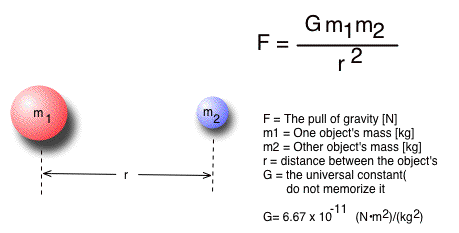Which giant planet formed first?
Short answer: Jupiter
Long answer: Still Jupiter, but let’s dive in and take a more detailed look.

Birth of a Gas Giant
A long time ago in a solar system very near you, just 1 or 2 AU past the snow line, enough surrounding planetesimals were accreted to become an Earth-like body containing about ten (10) Earth masses of metal and rock. This, in turn, gave this massive body enough gravitational attraction to pull vast amounts of hydrogen, helium and ices near its orbit, creating the first planet in our solar system: Jupiter. Impacts from the infalling gases and ices heated Jupiter up, so much so that for a short time, it outshown the protosun, if viewed from equal distances. Jupiter lacked the total mass to become a star, needing to be seventy-five (75) times more massive to achieve the necessary compression and heat in its core to sustain fusion.






 Today (Friday) I’m off over lunch to my First Friday book club at the Westport Branch of the
Today (Friday) I’m off over lunch to my First Friday book club at the Westport Branch of the 